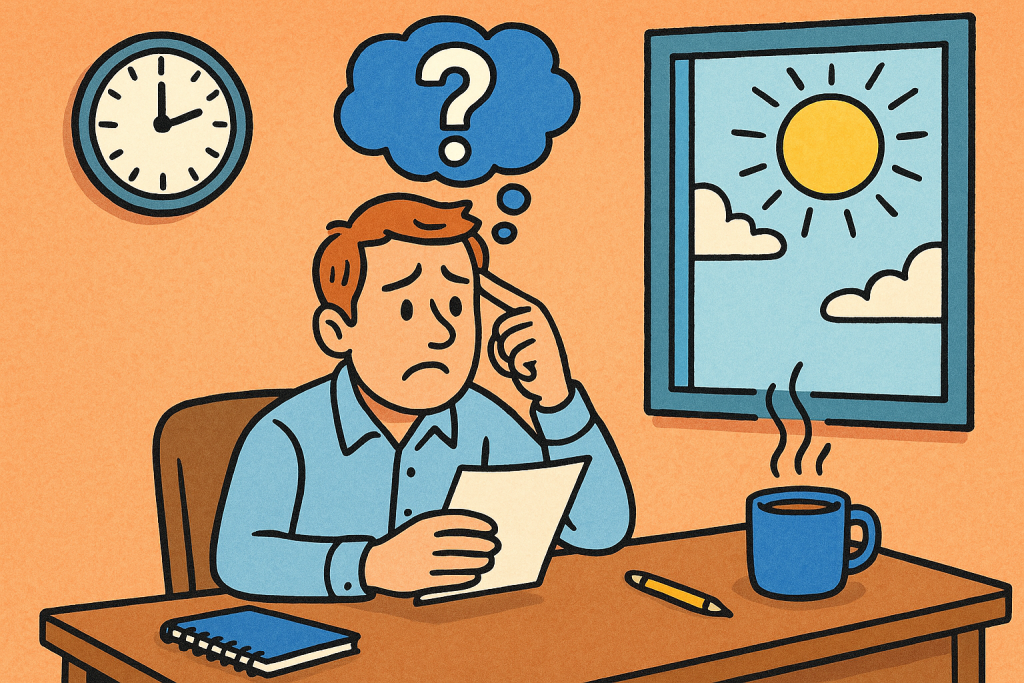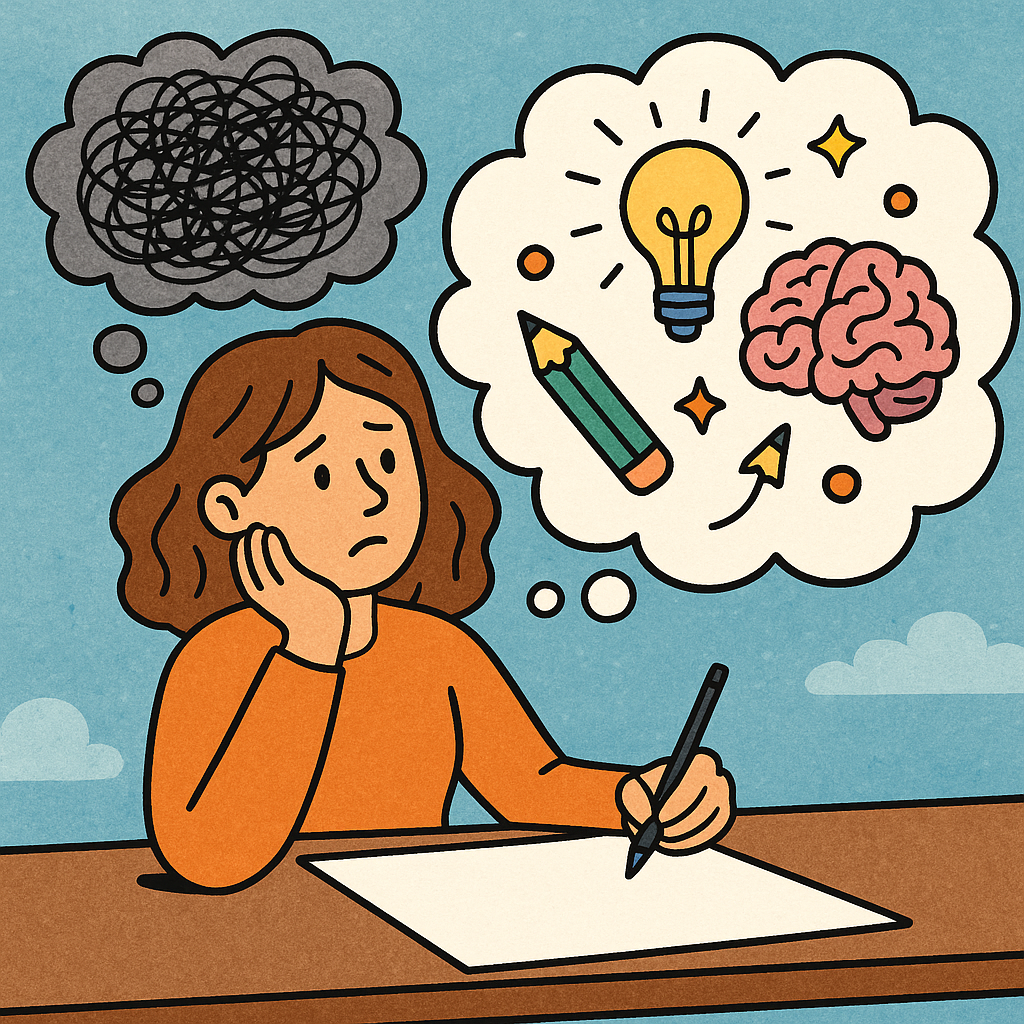Research shows memory retrieval dips in the afternoon. In this article, discover why your brain slows after noon, the science behind it, and effective strategies to stay sharp.

1. The Science Behind the Dip {#science}
Human cognition follows a circadian rhythm, which includes a typical post-lunch dip or “circasemidian rhythm”—a drop in body temperature and alertness roughly mid-afternoon. This dip impairs attention, working memory, and memory retrieval, making it harder to remember what you learned earlier in the day.
- Short-term memory decline: Early research traced patterns in short-term memory drop from morning to afternoon, linking to circadian arousal rhythms .
- Molecular basis: Work in mice shows that hippocampal clocks (BMAL1) dip around late morning and early afternoon, disrupting memory retrieval.
- Human evidence: Older adults, even early in cognitive aging, show reliably worse memory in evening relative to mornings.
Thus, if you rely on memory after noon, you’re competing against natural biology.
2. Emerging Trend: Napping Your Way to Focus {#napping}
One powerful response to the post-lunch slump is strategic afternoon napping. A 2022 meta-analysis (54 studies) found naps boost vigilance, processing speed, and – crucially – memory consolidation.
- 10–30‑min “power nap”: improves memory retention, alertness without grogginess.
- 60–90‑min full-cycle nap: beneficial after sleep loss, though excess naps can carry health risks.
Why it helps: Naps support hippocampal activation, the region vital for memory encoding and retrieval .
Fast tips:
- Nap between 1–3 pm.
- Keep it under 30 minutes to avoid inertia.
- Use a “nappuccino” (coffee right before nap) so caffeine kicks in as you wake.
3. Smart Eating & Caffeine Hacks {#eating}
3.1 Steady Fuel
Meals rich in protein and healthy fats (nuts, eggs, fish) help avoid sugar crashes that worsen cognitive dips.
3.2 Coffee Strategy
Caffeine affects memory by preserving alertness and supporting retrieval later in the day.
- Older adults especially benefit from morning caffeine to offset afternoon decline.
- Moderate intake (~200–300 mg) is optimal; too much may hinder performance.
3.3 Avoid Heavy Meals
High-carb lunches spike glucose and insulin, exacerbating circadian lethargy. Opt for light, balanced meals to maintain energy.
4. Light, Temperature & Brain Performance {#environment}
Environmental factors significantly influence brain function:
4.1 Afternoon Slump Sources
- Temperature drop: Core body temperature peaks in late afternoon but dips post-lunch, contributing to fatigue.
- Lighting: Exposure to blue/bright light boosts alertness and cognition .
4.2 Emerging Lighting Design
A 2024 VR study showed lighting tuned to time-of-day can reduce afternoon working memory decline .
Try this at home:
- Increase workspace brightness post-lunch.
- Use natural light or blue-enriched bulbs in late afternoon hours.
5. Personalized Timing: Know Your Chronotype {#chronotype}
Your chronotype (morning‑ vs evening‑type) affects your optimal cognitive window. Studies show people perform best when tasks align with their internal clock .
- Morning types (larks) decline steeper after noon.
- Evening types fare better later but still hit dips in the afternoon.
Try this test: Use questionnaires like the Morningness-Eveningness Questionnaire (MEQ), then schedule memory-intensive work accordingly.
6. Action Plan: Boosting Post‑Noon Memory {#plan}
Here’s a practical, easy-to-follow plan to confront memory after noon:
- Know your chronotype
- Take a chronotype quiz.
- Schedule demanding tasks when your mind is sharp.
- Optimize lunch
- Choose low-GI, protein-rich meals.
- Skip heavy carbs and sugary drinks.
- Strategic caffeine
- Have coffee mid-morning or just before a 20‑min nap.
- Limit total caffeine (<300 mg/day).
- Nap smart
- Try a 20–30 min nap at 1–3 pm.
- Use eye mask, block sound; use a timer.
- Boost environment
- Add bright or blue-spectrum lighting post-lunch.
- Keep room comfortable temperature.
- Hydrate & move
- Keep water by your desk; dehydration worsens brain fog.
- Take short walks or stretch mid-afternoon.
- Take micro-breaks
- Use Pomodoro: 25 min focus, 5 min movement.
- Keeps attention high, memory supported.
7. Conclusion
Memory after noon naturally dips due to circadian rhythms influenced by body temperature, hippocampal gene cycles, and homeostatic forces. But simple, research-backed tactics—napping, moderated caffeine, smart meals, lighting, personal schedule—can help you reclaim sharpness throughout your day.
By aligning your lifestyle to your biology, you can minimize memory lapses after noon and stay cognitively strong well into the evening.
References
Smith, J., & Jones, A. (2018). Circadian Rhythms in Attention: Impacts on Cognitive Performance Across the Day. PubMed Central. https://pmc.ncbi.nlm.nih.gov
Lee, H., & Kim, S. (2024). Investigating the Relationship Between Circadian Rhythm and Learning Memory. Journal of Translational Sleep Medicine. https://jtsm.org
Cai, H., et al. (2021). Relationship between Afternoon Napping and Cognitive Function in Older Adults. PMC. https://pmc.ncbi.nlm.nih.gov






